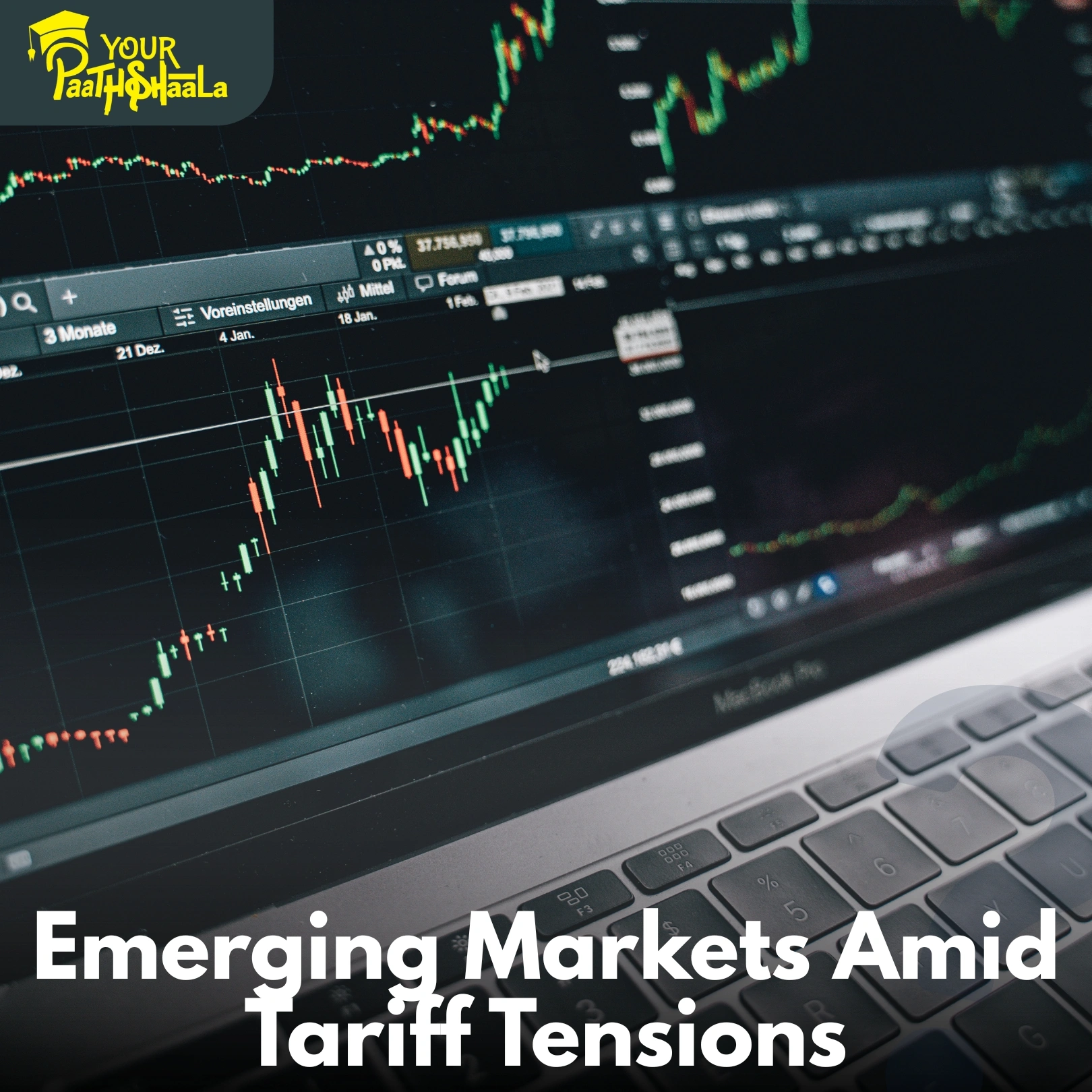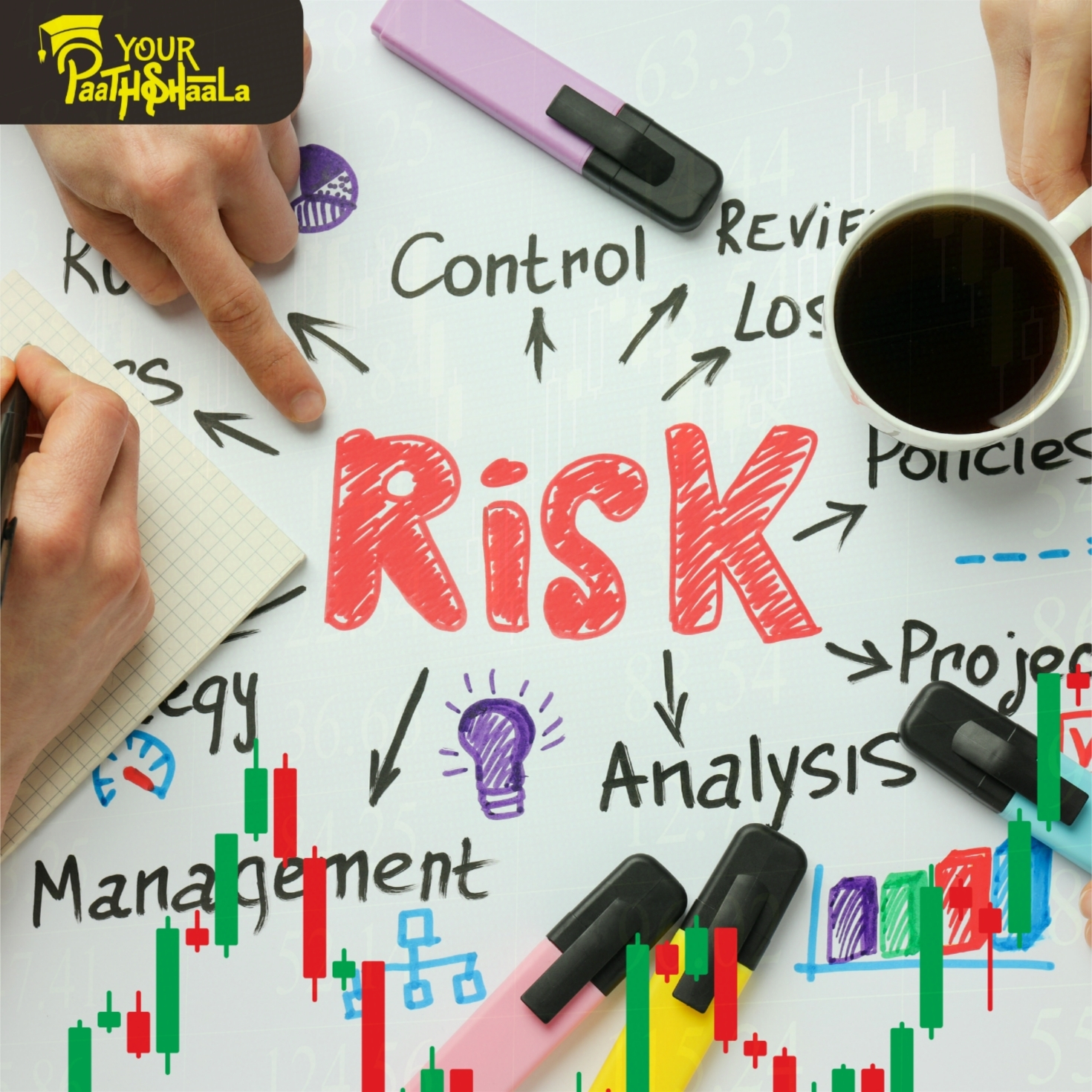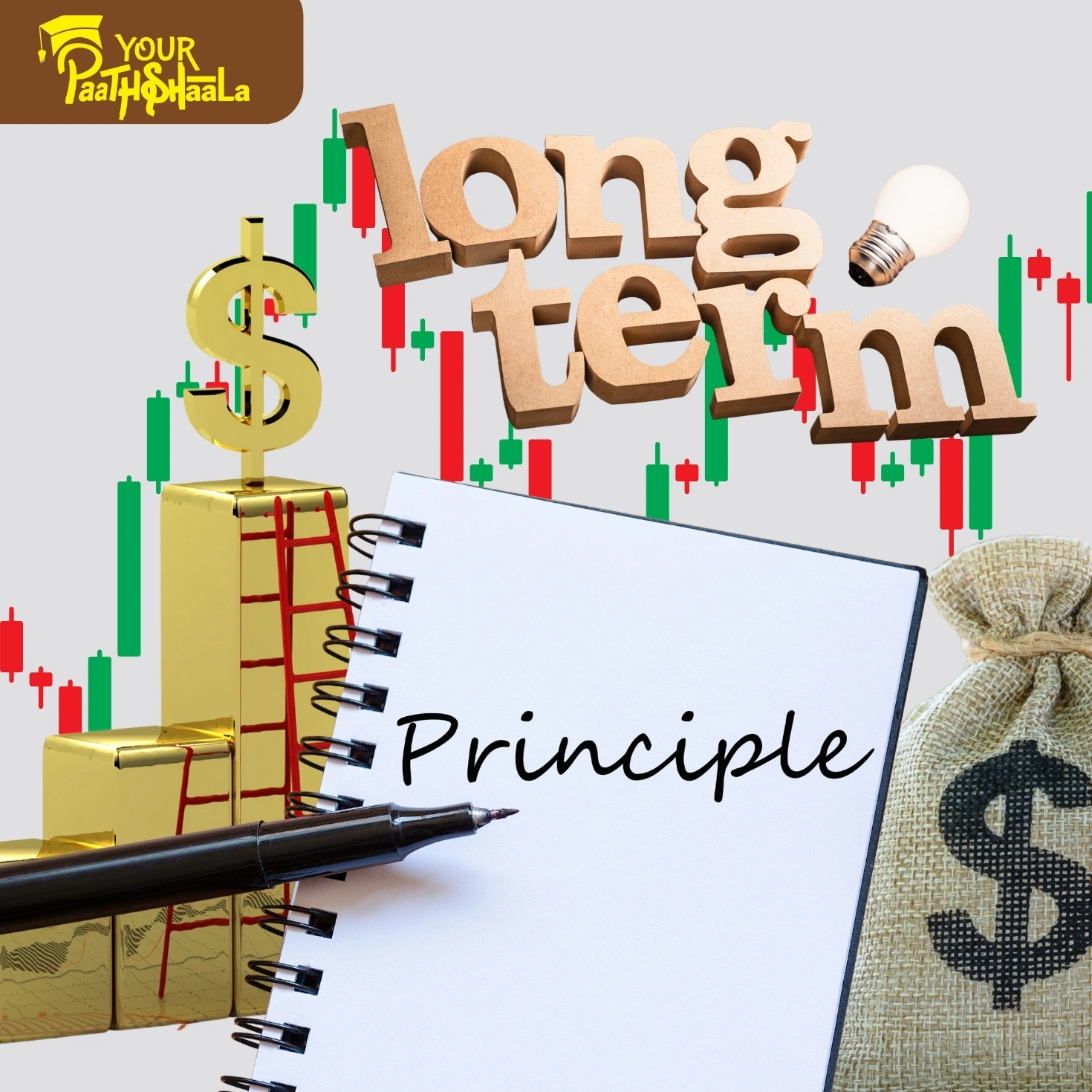Emerging Markets Amid Tariff Tensions: Risks, Opportunities, and the Power of Diversification
Emerging markets (EMs) have long attracted investors seeking higher growth, expanding consumer bases, and diversification beyond developed economies. However, the global landscape is shifting. In 2025, escalating tariff tensions and trade frictions are reshaping the risks and opportunities in these dynamic economies. This comprehensive, SEO-friendly guide explores how trade tensions impact emerging markets, where unique growth stories are unfolding, and why diversification remains essential for investors.
How Tariff Tensions Are Shaping Emerging Markets
Global Growth Under Pressure
Recent years have seen a rise in protectionist policies and trade disputes, notably between the U.S. and China. These frictions have direct and indirect effects on emerging markets:
Slower Global Growth: The International Monetary Fund (IMF) trimmed global growth forecasts for 2025 and 2026, citing escalating trade tensions and policy uncertainty. Emerging and developing Asia, in particular, is feeling the impact of new tariffs and shifting trade policies1.
Vulnerability to External Shocks: Emerging markets, especially those highly dependent on exports, are exposed to global trade slowdowns. Tariffs disrupt supply chains, reduce export demand, and weigh on corporate earnings2.
Regional Differences in Impact
Not all emerging markets are affected equally:
Asia-Pacific: Countries with high trade openness and exposure to U.S. demand—like China, South Korea, and Vietnam—face the most direct impacts. Supply chains are disrupted, and sectors such as Chinese homebuilders and diversified Asian manufacturers are under pressure2.
Latin America: Brazil and Mexico, while also exposed, are seeing a mix of challenges and opportunities. For instance, some companies are benefiting from supply chain shifts as global firms diversify away from China4.
India: India’s relatively small trade share of GDP keeps it somewhat insulated from direct tariff shocks. Despite recent market sell-offs, Indian equities have become more attractively valued, and the economy continues to demonstrate resilience31.
Secondary Effects and New Challenges
Tariff tensions are also causing secondary shocks:
Surge in Chinese Exports: With subdued domestic demand, China is exporting excess capacity—everything from electric vehicles to textiles—flooding other emerging markets and displacing local manufacturers3.
Trade Deficits: As EM exports to China drop and imports from China surge, some countries are seeing growing trade deficits and pressure on local industries3.
Currency Volatility: Tariffs and trade uncertainty often lead to currency swings, adding another layer of risk for investors in emerging markets.
Unique Growth Opportunities in Emerging Markets
Despite the headwinds, emerging markets continue to offer compelling long-term opportunities. Here’s where investors are finding growth:
1. Demographics and the Rising Middle Class
Many EMs boast young, growing populations and expanding middle classes. This drives demand for consumer goods, housing, education, and financial services4. For example:
India: Rapid urbanization, infrastructure investment, and a burgeoning tech sector are fueling growth.
Indonesia: The country is becoming a key player in the electric vehicle (EV) supply chain due to its rich reserves of nickel and other critical minerals4.
2. Supply Chain Realignment
As companies seek to de-risk and diversify their supply chains, countries like Mexico, Brazil, and Southeast Asian nations are attracting new foreign investment and manufacturing jobs4. For instance:
Brazil: With its wealth of natural resources and a rising middle class, Brazil is not only a major exporter of agricultural goods but is also emerging as a hub for EV manufacturing, with global firms like BYD investing heavily in local production4.
Mexico: Proximity to the U.S. and trade agreements are making Mexico a popular alternative for companies moving production out of China.
3. Infrastructure and Technology
Many EMs are investing heavily in infrastructure, digitalization, and renewable energy, positioning themselves for future growth:
Saudi Arabia: The kingdom is diversifying beyond oil, investing in tourism, entertainment, and technology as part of its Vision 2030 plan4.
Southeast Asia: Countries like Vietnam, Thailand, and Malaysia are becoming regional tech and manufacturing hubs.
Risks to Watch: Why Diversification Matters
While emerging markets offer high growth potential, they also come with elevated risks:
1. Economic and Political Volatility
Policy Changes: Sudden regulatory or political shifts can disrupt markets.
Currency Depreciation: Weakening local currencies can erode investment returns.
Inflation and Interest Rates: Many EMs face higher inflation and less stable monetary policies than developed markets.
2. Trade and Tariff Risks
Export Dependence: Many EMs rely heavily on exports, making them vulnerable to global slowdowns and tariff shocks23.
Indirect Effects: Even countries with minimal direct exposure to U.S. tariffs can be affected by global supply chain disruptions and changing trade patterns2.
3. Sector-Specific Challenges
Manufacturing and Employment: The influx of cheap imports from China is hurting local industries and jobs in several EMs3.
Commodity Price Fluctuations: Many EMs are major exporters of commodities, making them sensitive to global price swings.
The Case for Diversification in Emerging Markets
Given the complexity and volatility of EMs, diversification is not just recommended—it’s essential:
Geographic Diversification: Investing across multiple regions (Asia, Latin America, Middle East, Africa) reduces the risk of country-specific shocks4.
Sector Diversification: Exposure to a mix of sectors (financials, technology, consumer goods, energy) can cushion against downturns in any one industry.
Currency Diversification: Holding assets in different currencies can help manage currency risk.
Use of Indexes and Funds: The MSCI Emerging Markets Index, for example, includes companies from 24 countries, providing broad exposure and reducing the impact of any single market’s volatility4.
How to Invest in Emerging Markets Amid Tariff Tensions
1. Choose the Right Vehicles
Mutual Funds and ETFs: These offer instant diversification across countries and sectors.
Direct Stocks: For experienced investors, buying shares in specific EM companies can offer higher rewards—but also higher risk.
Thematic Funds: Consider funds focused on themes like infrastructure, technology, or the green energy transition.
2. Monitor Macro Trends
Global Trade Policies: Stay updated on tariff announcements and trade agreements.
Commodity Prices: Many EMs are commodity exporters; price swings can impact returns.
Currency Movements: Watch for signs of currency instability that could affect your investments.
3. Assess Country-Specific Risks
Political Stability: Favor countries with stable governments and sound economic policies.
Growth Drivers: Look for markets with strong demographics, rising consumer demand, and infrastructure investment.
4. Rebalance and Review
Regularly review your portfolio and rebalance as needed to maintain your desired risk profile.
Don’t over-concentrate in any one country or sector, even if the growth story seems compelling.
Real-World Examples: Winners and Losers
India: Despite trade uncertainties, India’s domestic-driven growth, tech sector, and infrastructure investments have helped it remain resilient and attract foreign capital13.
Brazil and Mexico: Benefiting from supply chain realignment and foreign investment, but still exposed to global commodity cycles and U.S. demand4.
China: Facing both direct tariffs and indirect pressures, with its export surge impacting other EMs, but also continuing to grow its domestic market and global influence3.
Saudi Arabia: Diversifying beyond oil, investing in new sectors, and attracting global investors4.
Frequently Asked Questions
Q: Are emerging markets too risky during trade wars?
A: While risks are higher, careful diversification and selection can help manage volatility and capture growth.
Q: Which regions are most affected by tariffs?
A: Asia-Pacific, especially China, is most directly impacted, but Latin America and other regions also feel the effects through supply chain shifts and global demand changes23.
Q: How can I reduce risk when investing in emerging markets?
A: Diversify across regions, sectors, and currencies. Use funds or ETFs for broad exposure, and avoid over-concentration in any single market4.
Q: What are the best opportunities in emerging markets right now?
A: Look for countries with strong demographics, infrastructure investment, and those benefiting from supply chain shifts, like India, Indonesia, Brazil, and Mexico4.
Conclusion: Navigating Emerging Markets in a New Era
Emerging markets are navigating a complex environment shaped by tariff tensions, shifting supply chains, and global economic uncertainty. While these challenges have increased volatility and risk, they have also created unique growth opportunities for investors willing to look beyond the headlines.
Key Takeaways:
Tariff tensions and trade frictions are reshaping the emerging market landscape, impacting regions and sectors differently123.
Unique growth stories are unfolding in countries with strong demographics, infrastructure investment, and those positioned to benefit from global supply chain realignment4.
Diversification—across regions, sectors, and currencies—is the most effective way to reduce risk and capture the long-term potential of emerging markets4.
By staying informed, focusing on fundamentals, and maintaining a diversified approach, investors can navigate the challenges and seize the opportunities that emerging markets offer, even amid global tariff tensions.







